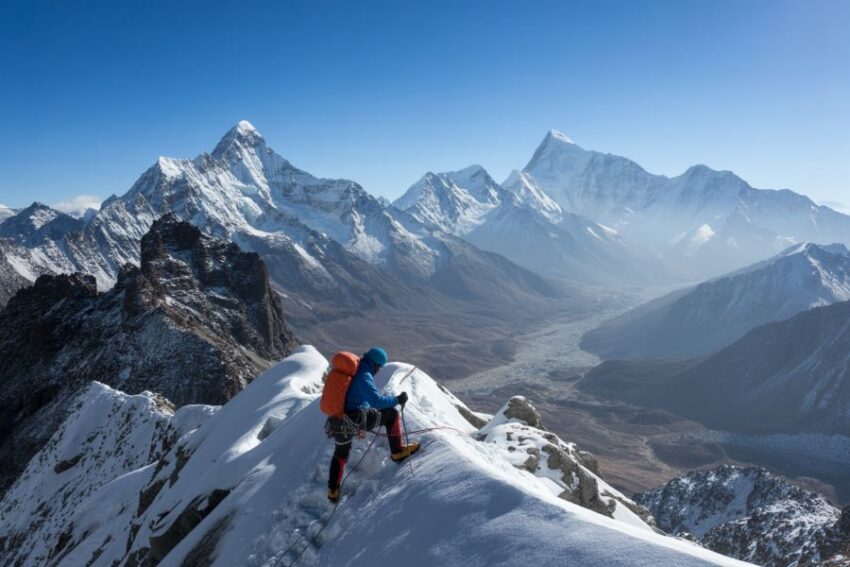 TRENDING
TRENDING
Nepal’s Hidden Peaks: Discover Adventure Tourism Beyond Mount Everest
Nepal’s hidden mountains are attracting climbers seeking adventure tourism beyond Everest.
| Nepal, home to the world’s highest mountains, is witnessing a growing trend in adventure tourism. While Mount Everest continues to attract climbers worldwide, a new focus has emerged on lesser-known peaks ranging from 6,000 to 7,000 meters. |
These hidden mountains offer authentic, less-crowded mountaineering experiences for adventurers seeking a true Himalayan adventure. With 462 climbable peaks in Nepal, nearly 100 remain unconquered, providing climbers with exciting opportunities beyond Everest.
Government Initiatives:
Nepal’s tourism department has waived climbing fees for 97 lesser-known mountains to promote sustainable mountaineering and reduce crowding on Everest. Alpine-style climbs — characterized by light, fast, and self-reliant ascents — are becoming increasingly popular.
Sustainable Tourism in Nepal:
Promoting hidden peaks ensures a quieter, environmentally friendly climbing experience. It supports local communities through eco-tourism, guiding services, and trekking infrastructure. Visitors contribute directly to rural economies while enjoying adventure travel beyond the traditional routes.
Local Impact and Economic Benefits:
Adventure seekers exploring remote mountains provide sustainable income for guides, porters, and small businesses. These regions gain exposure, encouraging the development of eco-lodges, trekking routes, and other tourism facilities.
Why Nepal is a Must-Visit Destination for Adventure Seekers:
Hidden peaks offer solitude, pristine natural landscapes, and challenging climbs. By choosing these destinations, climbers experience authentic Himalayan adventure while supporting eco-tourism and sustainable practices.
Weather Update: Varies by peak
Peak Altitude: 7000 m
Risk Level: moderate
Expedition Info: Alpine-style climbs on hidden mountains